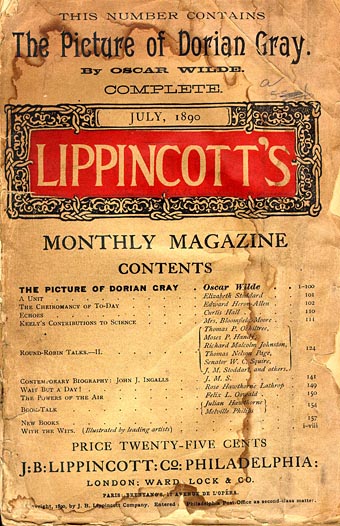
The original magazine publication, 1890.
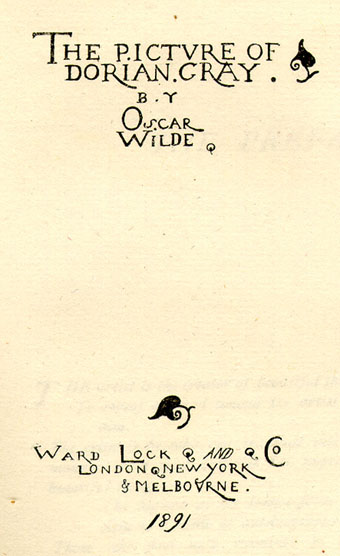
Title page of the first edition, 1891.

Elsewhere on { feuilleton }
• The Oscar Wilde archive
A journal by artist and designer John Coulthart.

The original magazine publication, 1890.

Title page of the first edition, 1891.

Elsewhere on { feuilleton }
• The Oscar Wilde archive
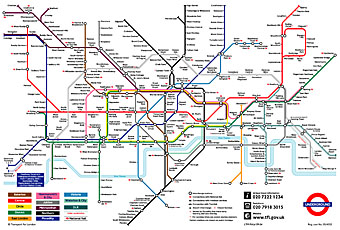
The BBC’s Great British Design Quest has reached a shortlist of ten:
1) Catseyes. Hmm, more of an invention to me but the brief here seems to be pretty broad.
2) Concorde. Can’t imagine this winning seeing as it’s generally regarded as a costly failure. In design terms though, it was a great-looking plane.
3) Grand Theft Auto. Er…a computer game? And one that merely imitates Hollywood at that.
4) The K2 phone kiosk. Some of these choices seem to be determined by nostalgia more than anything else. The cast-iron urinal phone booths are distinctive but I’m not sure they could be called “great”.
5) The Mini. This is a design classic, and, like the VW Beetle, still in use today.
6) The Routemaster bus. More nostalgia.
7) The Supermarine Spitfire. And again… I wonder what people would think if Germany voted in a similar competition for the Stukka divebomber?
8) Tomb Raider. Another computer game… Yes, it was surprising at the time but it was another game aping Hollywood. In game terms, something like the Rubik’s Cube was far more “classic” and original. But then that’s not British, is it?
9) The London Underground map. This is the one I’d vote for. Harry Beck’s solution to mapping the first underground rail network was brilliant and elegant. Not only that but it’s stood the test of time and been imitated (and parodied) in similar transport maps all over the world. While we’re at it, let’s also remember Edward Johnston and Richard Kegler’s 1916 type design for the Underground system, the world’s first widely-used sans serif lettering.
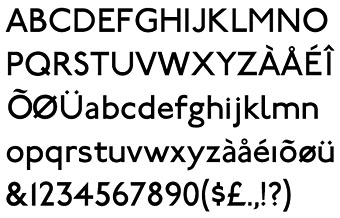
10) The World Wide Web. Respect to Tim Berners-Lee and all, but, again, is this a design or an invention? And how British is the web? Do they mean the web or HTML?
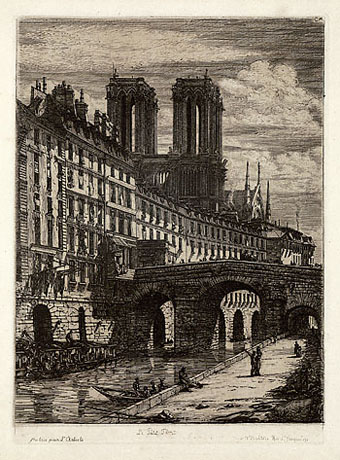
Charles Méryon (1821–1868) made his name producing etchings of the city of Paris, and became as accomplished at rendering the solidity of architecture as Piranesi. Méryon manages to do for the City of Light what Piranesi did for the Eternal City with his famous Vedute di Roma, celebrating the buildings whilst paying careful attention to the glamour of deterioration. I looked at the work of Méryon and Piranesi a great deal when embarking on my Lovecraft adaptations and still regret not buying an expensive (for the time) book of Méryon’s work in the late 1980s. Happily there are plenty of museum websites with his etchings in their collections.
Elsewhere on { feuilleton }
• The etching and engraving archive
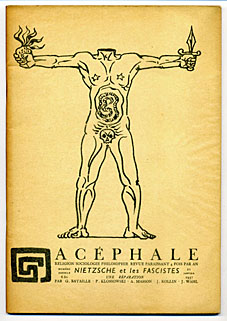
Something I’ll definitely be going to see, especially given the emphasis on Georges Bataille. Above: André Masson’s cover design for the first issue of Bataille’s Acéphale (1937).
UNDERCOVER SURREALISM: Picasso, Miró, Masson and the vision of Georges Bataille. The Hayward Gallery, London, 11 May–31 Jul 2006.
This major Surrealist show, curated by Surrealism specialist Dawn Ades, documents the extraordinary cross-currents of Paris in the late 1920s, through painting, film, sculpture, music, photography, masks, ritual objects – all subject to the provocative vision of Georges Bataille.
Featuring works by Miró, Dalí, Giacometti, Brancusi, Boiffard, de Chirico, Arp, Nadar and Ernst, and an entire room of works by Picasso, it brings together loans from major collections around the world.
Bataille waged war on the “idealism” of the Surrealist movement, using his famous magazine DOCUMENTS as his weapon. Undercover Surrealism takes his magazine’s subversive juxtapositions as its starting point, and shows how Bataille unflinchingly exposed the raw underbelly of the human creative impulse.
The Hayward Gallery first explored Surrealism almost 30 years ago in its legendary 1978 show, Dada and Surrealism Reviewed, co-curated by Dawn Ades. Ades, now regarded as one of the world’s greatest Surrealism experts, returns to curate this exhibition.